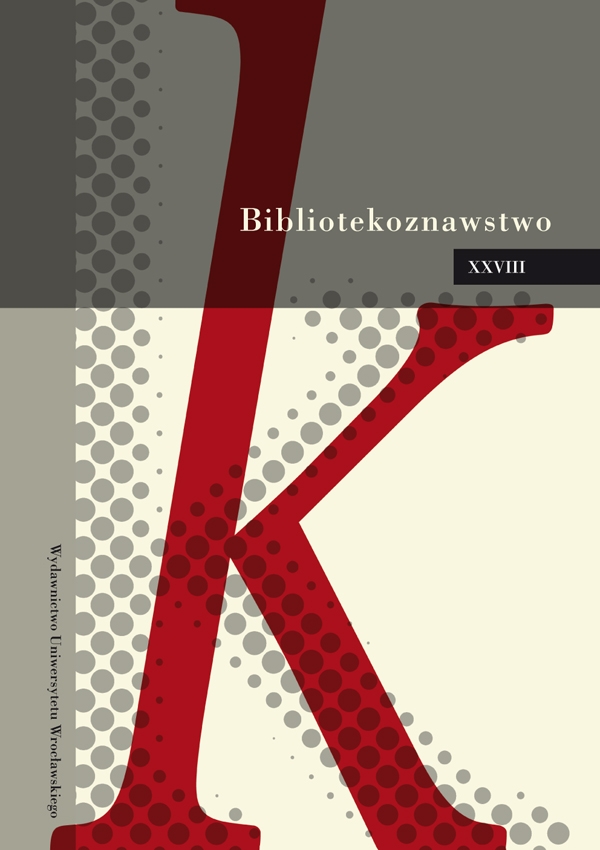Zbiory graficzne we współczesnej cywilizacji obrazu
Abstrakt
Graphic collections in the modern civilisation of the image
Almost from the early 19th century we have been hearing categorical statements that the image, multiplied by means of various techniques, begins to dominate the word and that this will have catastrophic consequences for our culture. The gradual entry of the image into the everyday reality has certainly not killed culture, but it has created a new quality of culture, a fact that entitles us to describe some cultural phenomena today with the term “civilisation of the image.” Images are present in the world in various forms and they influence society in a variety of ways. An interesting question seems to be how the production of many copies and varied forms of images influenced and still influences their perception, the word that accompanied and still accompanies them, and also how these various forms of visual messages were and are treated by collectors, museologists and librarians. It is worth examining how multiplied images, once collected by institutions or individual collectors, are used today and how new techniques of preserving visual material influence their functioning. How were collections treated in the past and how are they treated today? These are questions important both to library or museum employees and to other professionals who use images for various purposes, including various forms of publication. We cannot forget either the problems of educating future experts who will both edit historical graphic works and devise new ways of making them available not only to specialists, but also to a wider public.

